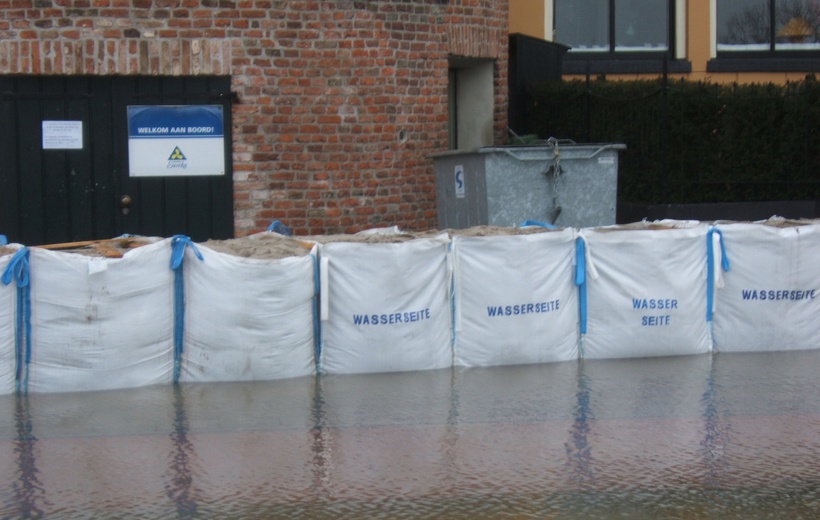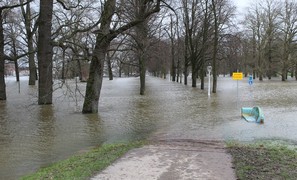Annual maximum river flow is changing across Europe, probably due to climate change

The changing climate is already changing the frequency of river floods across Europe.This was concluded from an analysis based on river discharge observations from 3,738 gauging stations across Europe for the period 1960-2010. The authors looked at the highest peak discharge recorded in each calendar year, and quantified trends in this annual maximum peak flow.
Patterns across Europe
They demonstrate clear regional patterns of both increases and decreases in observed annual maximum peak flow in the past five decades in Europe. They distinguish three main regions. In northwestern Europe, about 69% of the stations show an increasing trend: annual maximum peak flow on average has increased by 2.3% per decade. In southern Europe, around 74% of the stations show a decreasing trend: annual maximum peak flow on average has decreased by 5% per decade. In eastern Europe, about 78% of the stations show a decreasing flood trend with an average decrease of 6% per decade. In northern Scandinavia and northwestern Russia, trends are less pronounced.
Signal of climate change
The authors relate these trends to the changing climate. According to them, increasing autumn and winter rainfall has resulted in increasing floods in northwestern Europe; decreasing precipitation and increasing evaporation have led to decreasing floods in southern Europe; and decreasing snow cover and snowmelt, resulting from warmer temperatures, have led to decreasing floods in eastern Europe.
They stress that their results for southern Europe hold for medium and large catchments, but not necessarily for small catchments. In small catchments, local short-duration convective storms with high intensities are more relevant for flood generation than the long-duration storms that produce floods in medium and large catchments. These local convective storms are expected to increase in a warmer climate, which means that floods in small catchments may have actually increased in southern Europe.
From annual to extreme floods
The flood changes that have been identified are broadly consistent with climate model projections for future decades, suggesting, according to the authors, that climate-driven changes are already happening. They stress that observed trends for mean annual flood discharge may reflect changes in more extreme floods as well, such as the 100-year flood discharge, which is often the key design criterion in flood risk management. Thus, the need is growing to account for climate-induced changes in flood risk management.
Source: Blöschl et al., 2019. Nature 573: 108-111.






